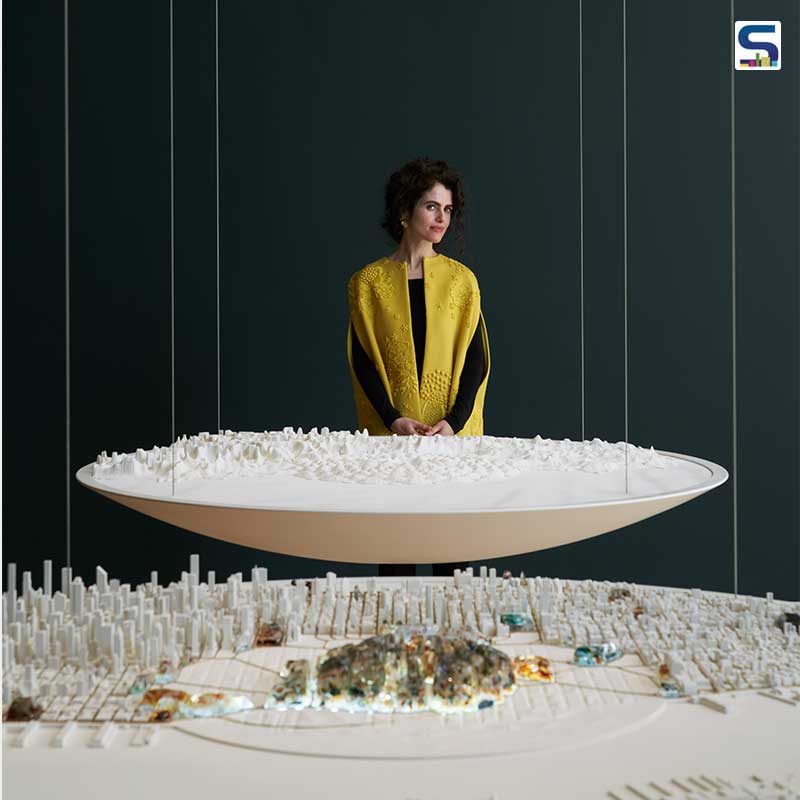
At her ongoing exclusive exhibition at San Francisco Museum of Modern Art (SFMOMA), American-Israeli architect and founder of the New York-based practice OXMAN Neri Oxman raises thought-provoking questions on materials, tools and architecture techniques that exist today. Nature X Humanity: Oxman Architects rethinks the limits of non-sustainable building and fabrication by prioritizing nature by interconnecting knowledge, principles and tools from the four disciplines of art, architecture and design, engineering and science. The exhibition, which will be continuing till May 15, 2022, the exhibition spans Oxman’s career from 2007 to the present. With nearly 40 profound artworks and installation, Surfaces Reporter brings forth the exhibition highlights.
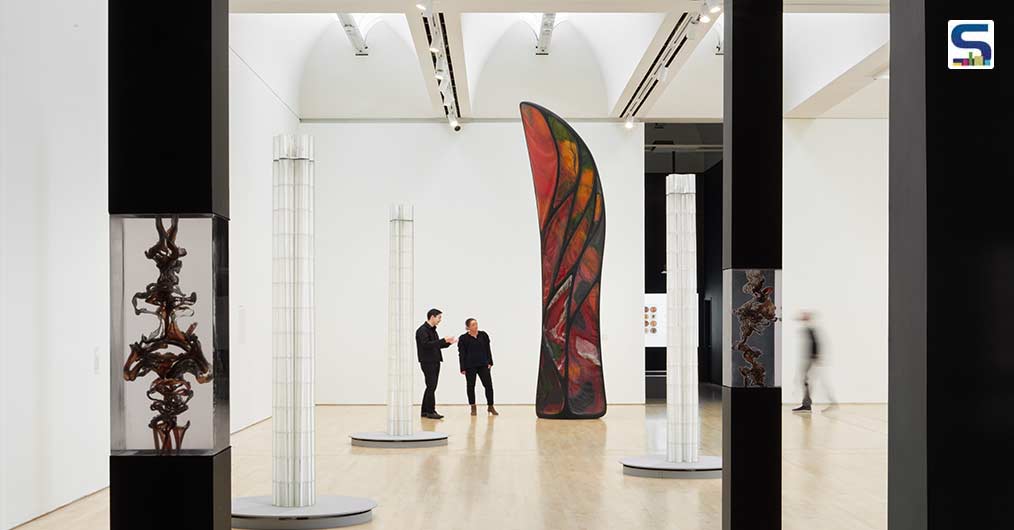 Top and above: Image credits: Matthew Millman Photography.
Top and above: Image credits: Matthew Millman Photography.
Totems
The Totems series explores how the naturally occurring pigment of melanin, which is found across the animal kingdom, can be added to a transparent building material to provide shade when the sun is brightest and fade back further to transparent when the sun sets. The series represents the first phase of investigations of this substance, which can act as a natural defender against UV rays. Oxman along with her team extracted and mixed melanin from six different species of organisms from the air and from the sea to create biological totem poles. Inspired by totem poles of Indigenous peoples of the Pacific Northwest that feature animals with spiritual significance, the team computationally grew complex 3D-printed channels and filled them with liquid melanin. The team has applied this method of architecture design on the Biodiversity Pavilion for Table Mountain National Park in Cape Town, South Africa
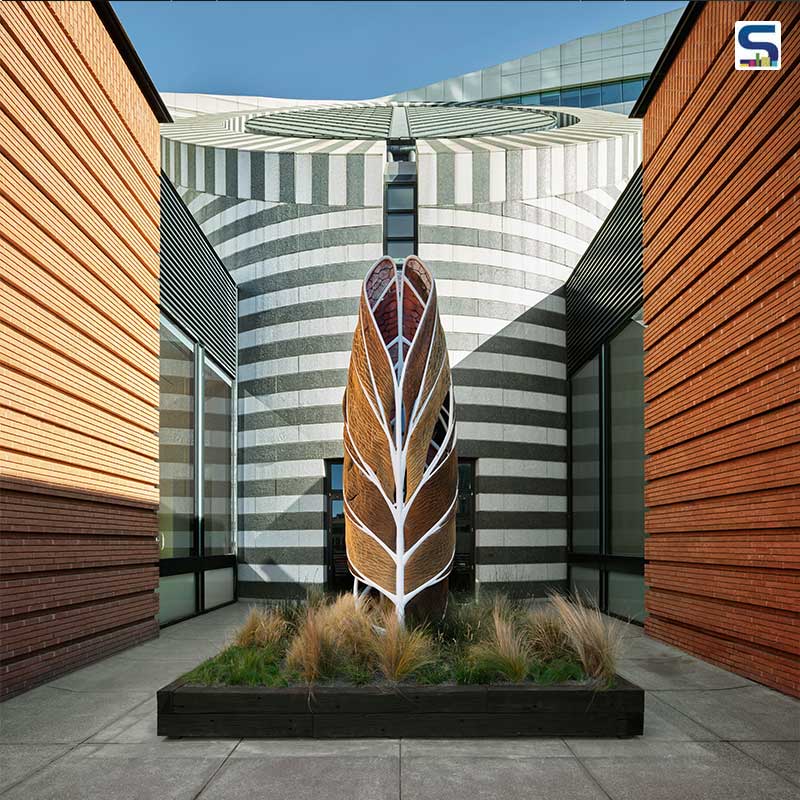 Image credits: Matthew Millman Photography.
Image credits: Matthew Millman Photography.
Aguahoja
Installed at the entrance of the exhibition and at the undergoing programmed decomposition on the outdoor terrace of SFMOMA’s Floor 4, the Aguahoja pavilions is made out of shrimp shells, fallen leaves and apple skins that forms its architectural skin. This layer can naturally decay and enrich the soil with nutrients. The pavilions’ biocompatible panels are 3D printed and shaped by water.
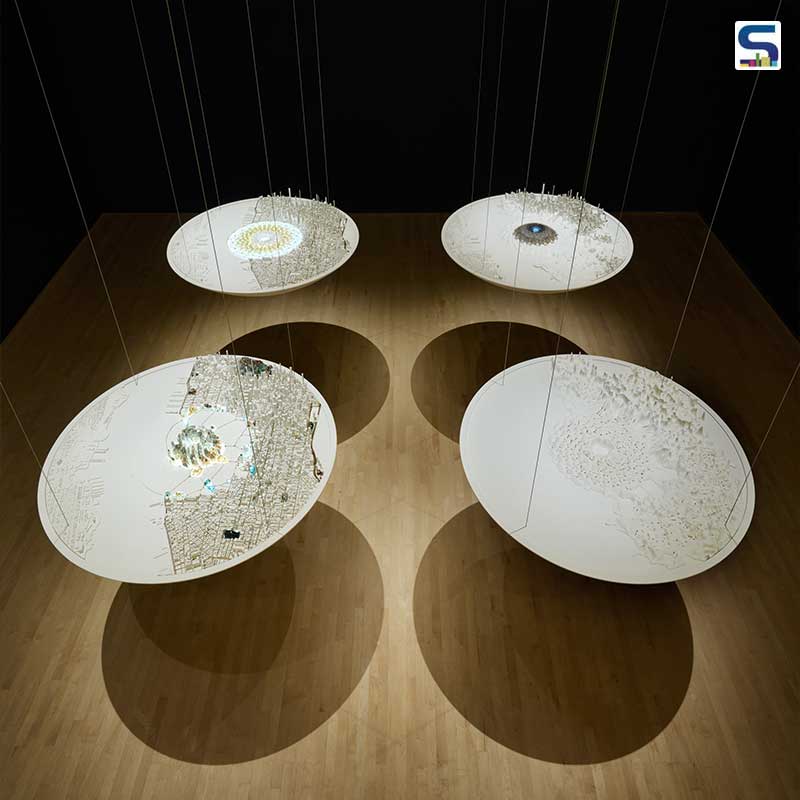 Image credits: Matthew Millman Photography.
Image credits: Matthew Millman Photography.
Man-nahata
Man-nahata re-envisions a future of Manhattan with rising tides and climate change by reestablishing a healthy ecosystem amid the urban life and restoring a balance between nature and humanity. It delves into the island’s 400 year old history when Manhattan was Mannahata – a home to the Lenape people and over 55 ecological communities that lived in balance with nature.
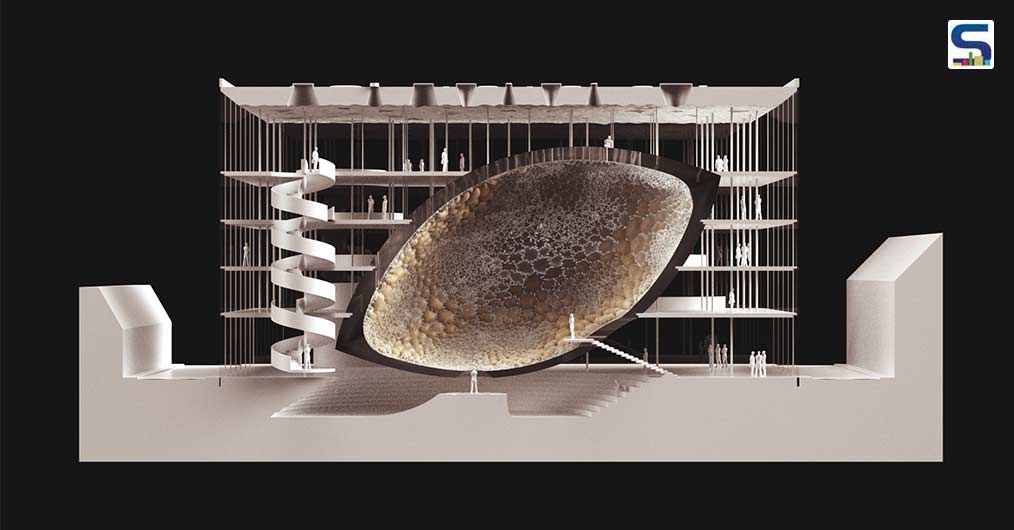 Image credits: Oxman.
Image credits: Oxman.
Gemini Chaise and Gemini Cinema
Studying the healing properties of voice vibrations, the Gemini projects are scaled to the individual and for the collective.
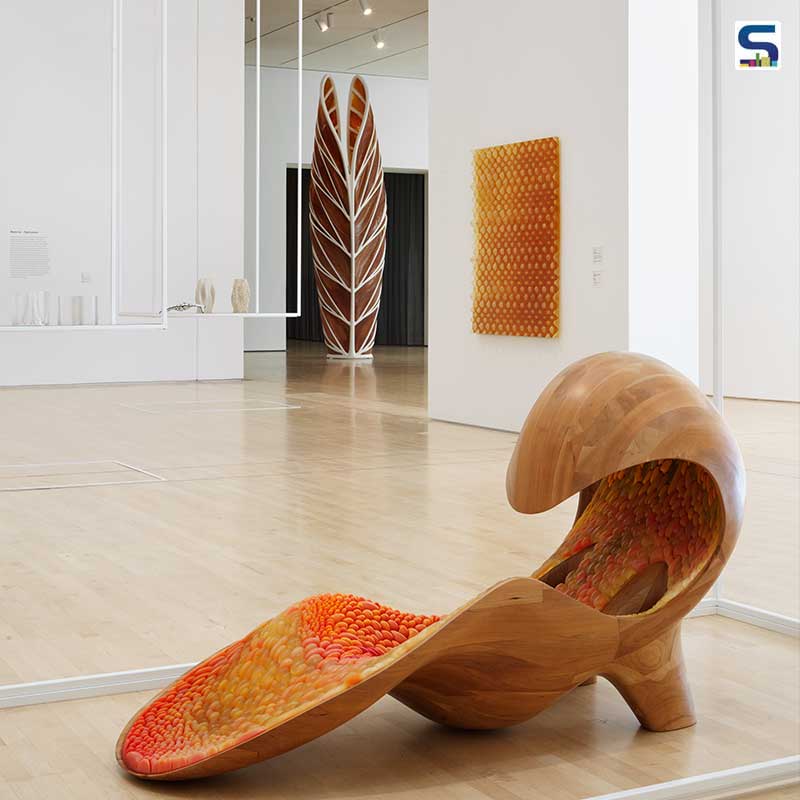 Image credits: Matthew Millman Photography.
Image credits: Matthew Millman Photography.
While the Gemini Chaise creates a calming environment through sound absorbing and vibrational acoustic effects, the Gemini Cinema takes the acoustic experience to the architectural scale using roof apertures, structural columns and cellular elements with the play of natural light in the building.
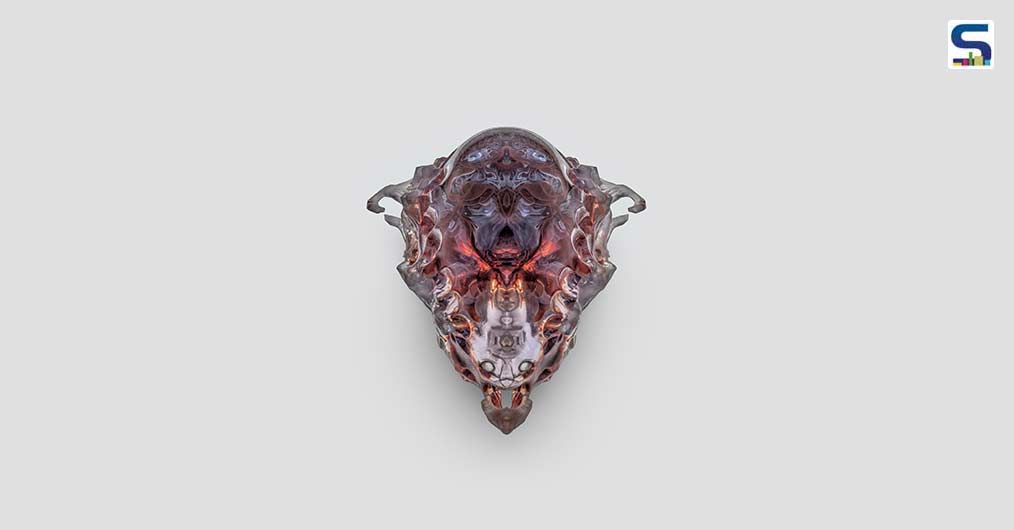 Image credits: Yoram Reshef.
Image credits: Yoram Reshef.
Vespers
Commemorating those who have passed, the Vespers series invite viewers to embrace alternative methods for honouring the deceased from mapping their external features to capturing their final breath and retaining it as a dynamic visualization of that person while having minimal impact on the Earth.
What: Nature X Humanity: Oxman Architects
Artist: Neri Oxman
When: Till May 15, 2022
Where: San Francisco Museum of Modern Art, 151 3rd St, San Francisco, CA - 94 103, United States
Curator: Jennifer Fletcher Dunlop